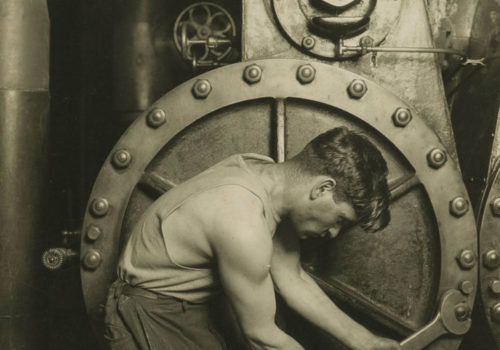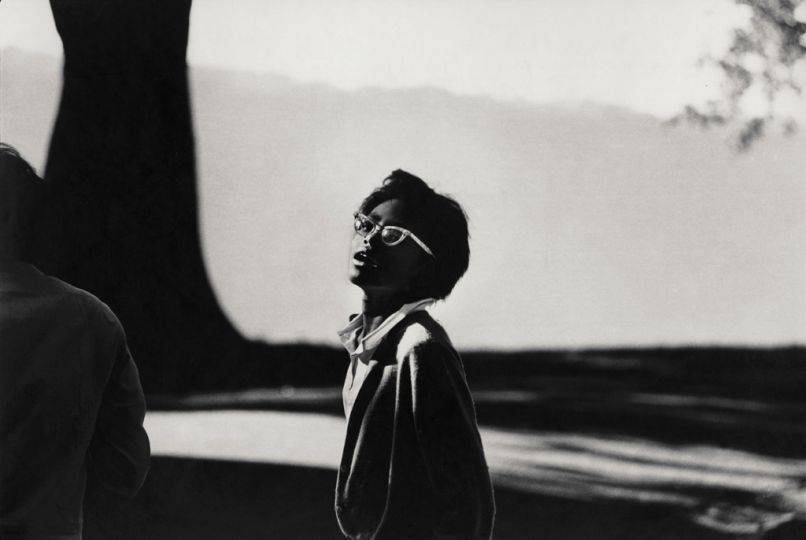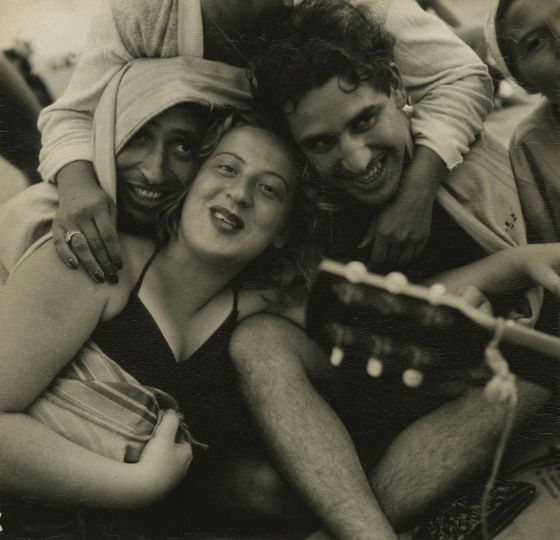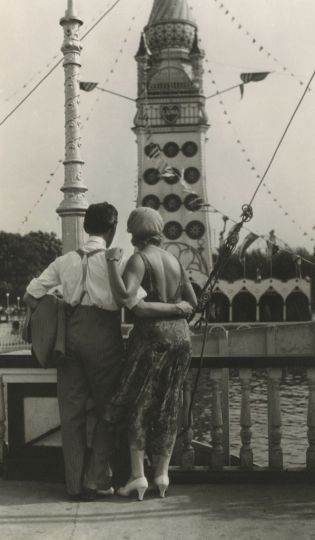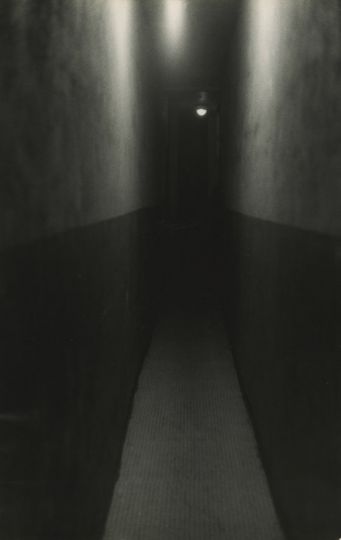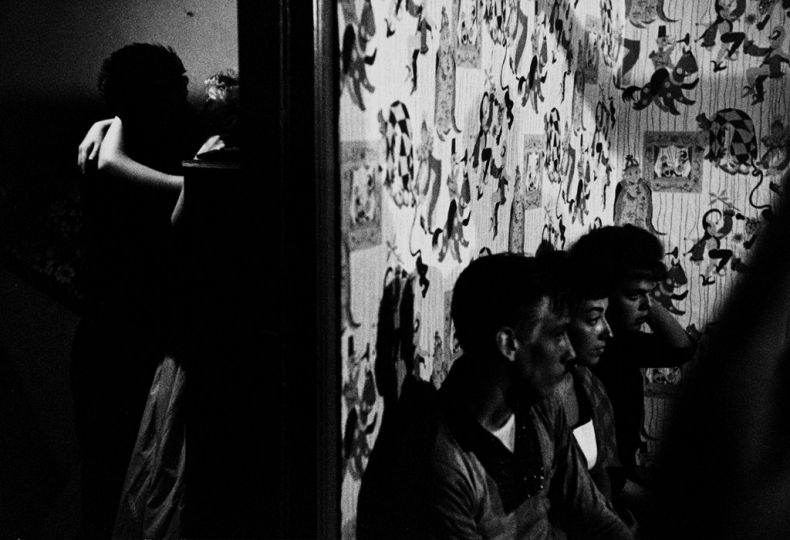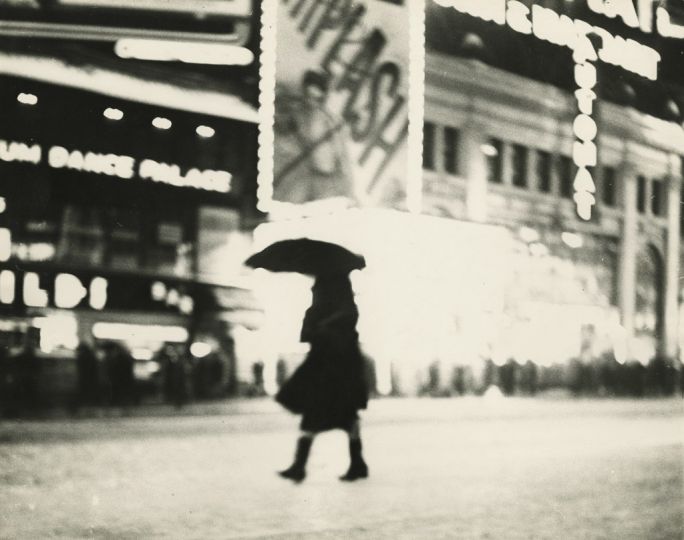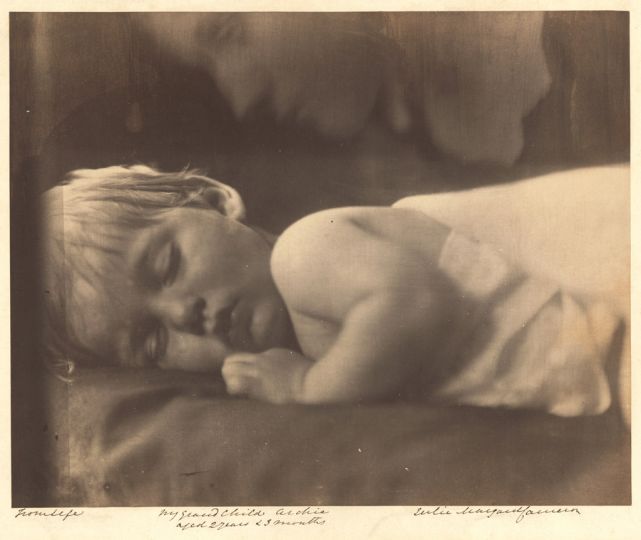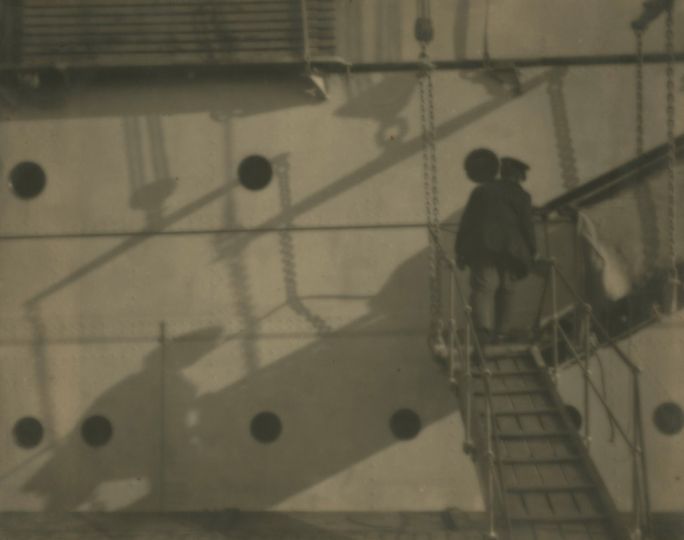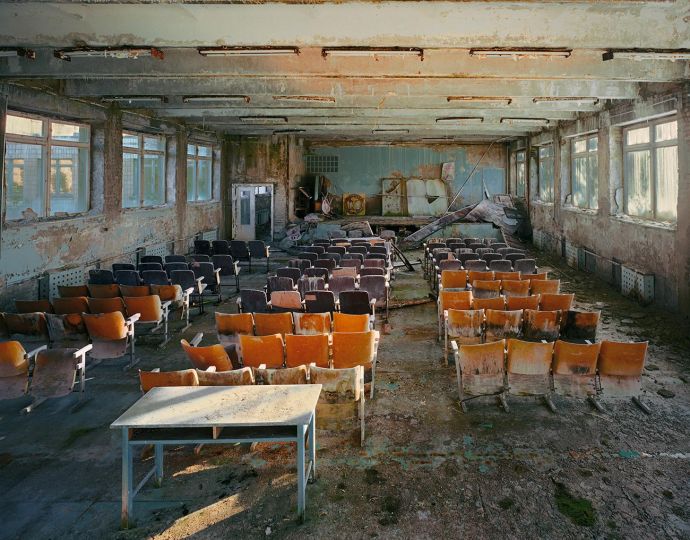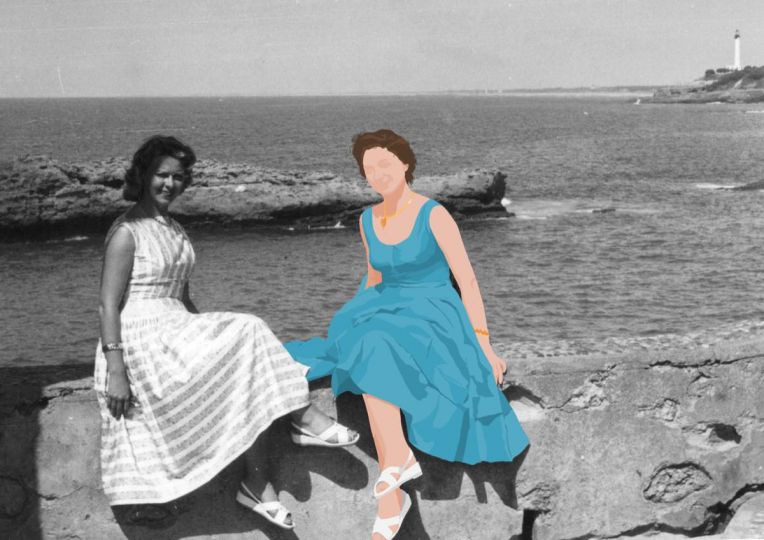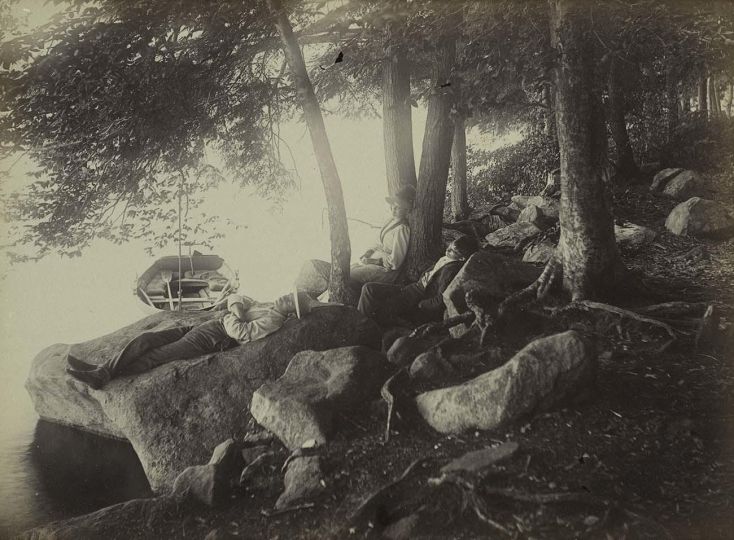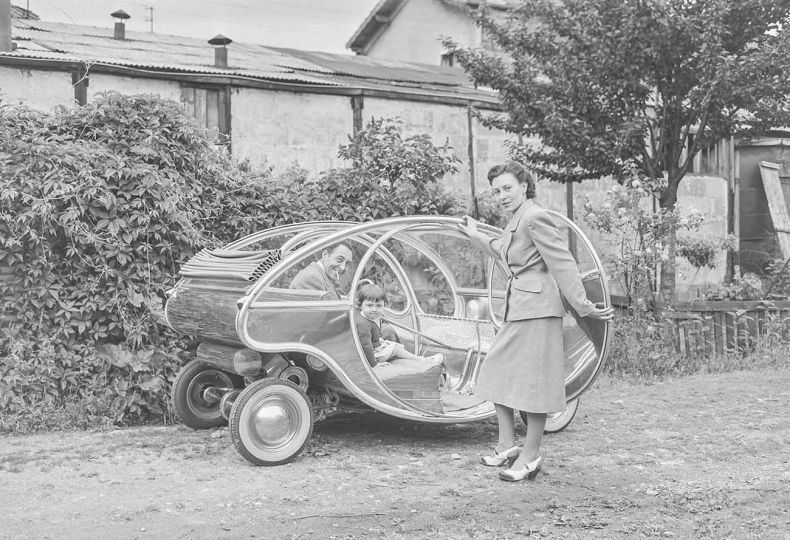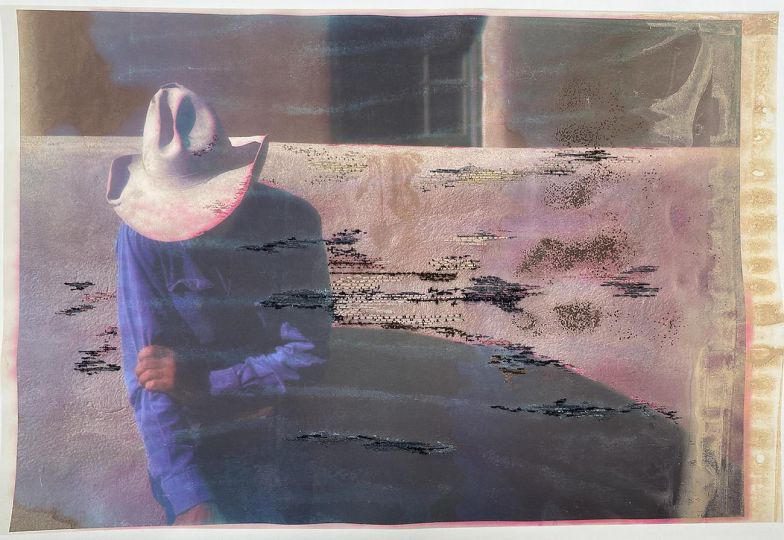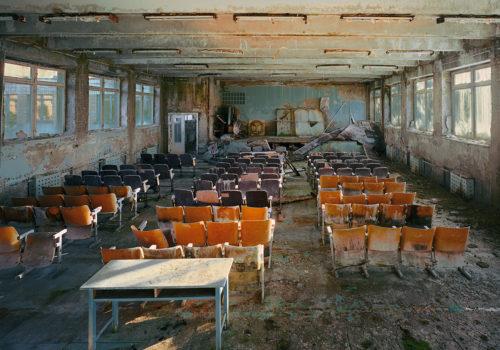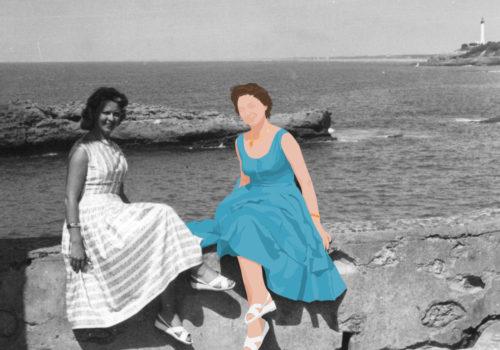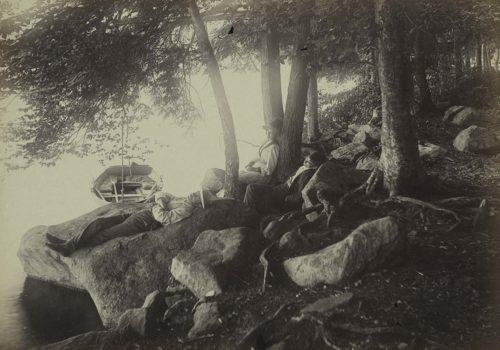Almost ten years ago in 2007 Howard Greenberg published An American Gallery to celebrate his 25th year in photography. In it he showed 25 photographs drawn from his collection. Howard is a tremendous gallery owner and and a really nice person! This book is a marvel and Howard’s comments, which accompany the pictures, reveal his great passion for photography. Every two weeks for the next year we will serialise the book. Powerhouse Mechanic (c.1924) by Lewis Hine.
« I think from the first day I opened my eyes I knew about this photograph. It seems to have been a part of my consciousness from the time I was a little kid. I’m not sure why. Perhaps because it was such a ubiquitous emblem of the machine age – the prototypical industrial photograph.
It’s difficult to avoid using all the usual superlatives when describing the Powerhouse Mechanic, but it is, quite simply, a great photograph. Every element uncannily resonates and amplifies every other element in the image.
I feel incredibly fortunate to have found this print. I acquired it from Arnold Eagle, a much loved teacher at the New School and an early member of the Photo League. Hine had spent a lot of time at the League, so if you were there, you knew him. Arnold had received this picture as a gift from Hine, an exquisite, golden.-color print with Hine’s writing and stamp on the back- a picture I never thought I would have in my life.
For me, Lewis Hine is the purest documentary photographer. He used his camera to fight for social justice and he brought real change to our society.
He got people’s attention because he was direct and unafraid. But it isn’t enough to simply inform people. Jacob Riis preceded Hine as a photographer and reformer, but Riis had a singularly utilitarian approach. Hine on the other hand elevated his photography to an aesthetic level, one that Riis was unconcerned with and rarely accomplished. I think Hine was effective because he was a truly great photographer.
Hine, like most serious photographers, was familiar with what was going on in the art world, particularly the impact that Russian Constructivism was having on the graphic arts. We know from the Empire State Building pictures that Hine had a fine eye for modernist composition. He hadn’t developed that sensibility during the period of his child labor work, but by 1924,
when he made the Powerhouse Mechanic he was ready. His subject is analogous
to the heroic worker who populated the propaganda posters of Russia.
And, in its formal construction, it is a celebration of industry, machinery and
man’s labor. Although, every time I look at it, I think of Charlie Chaplin’s Modern Times. »
– Howard Greenberg
INFORMATION
An American Gallery, Howard Greenberg
Twenty Five Years of Photography
Chronicled in Biographical Essay by Lyle Rexer
With a Portfolio of Photographs Selected and Annotated by Howard Greenberg
Howard Greenberg, Michael Torosian, Lyle Rexer
Published by Lumiere Press (2007)
ISBN 13: 9780921542155
http://www.howardgreenberg.com

